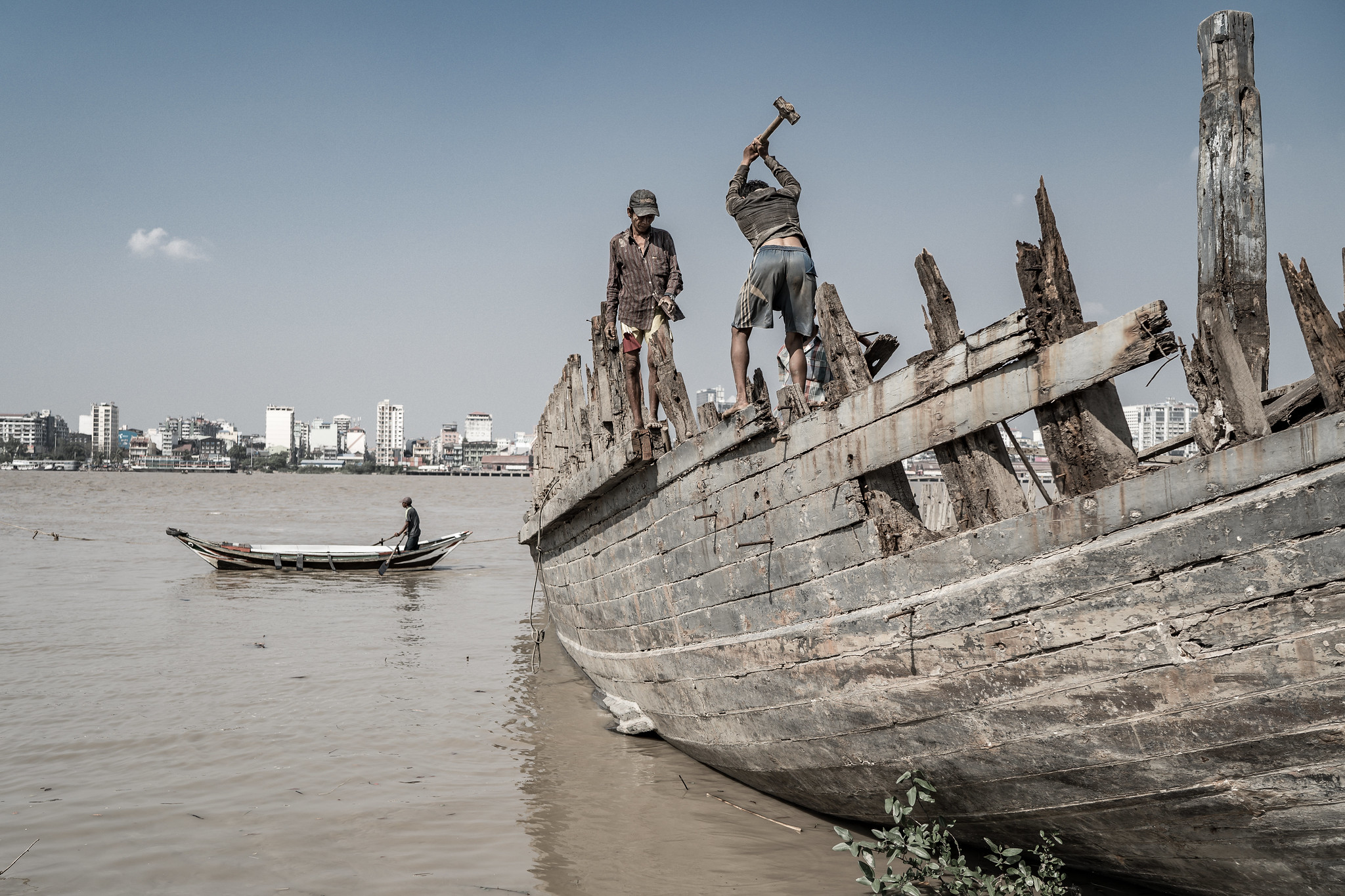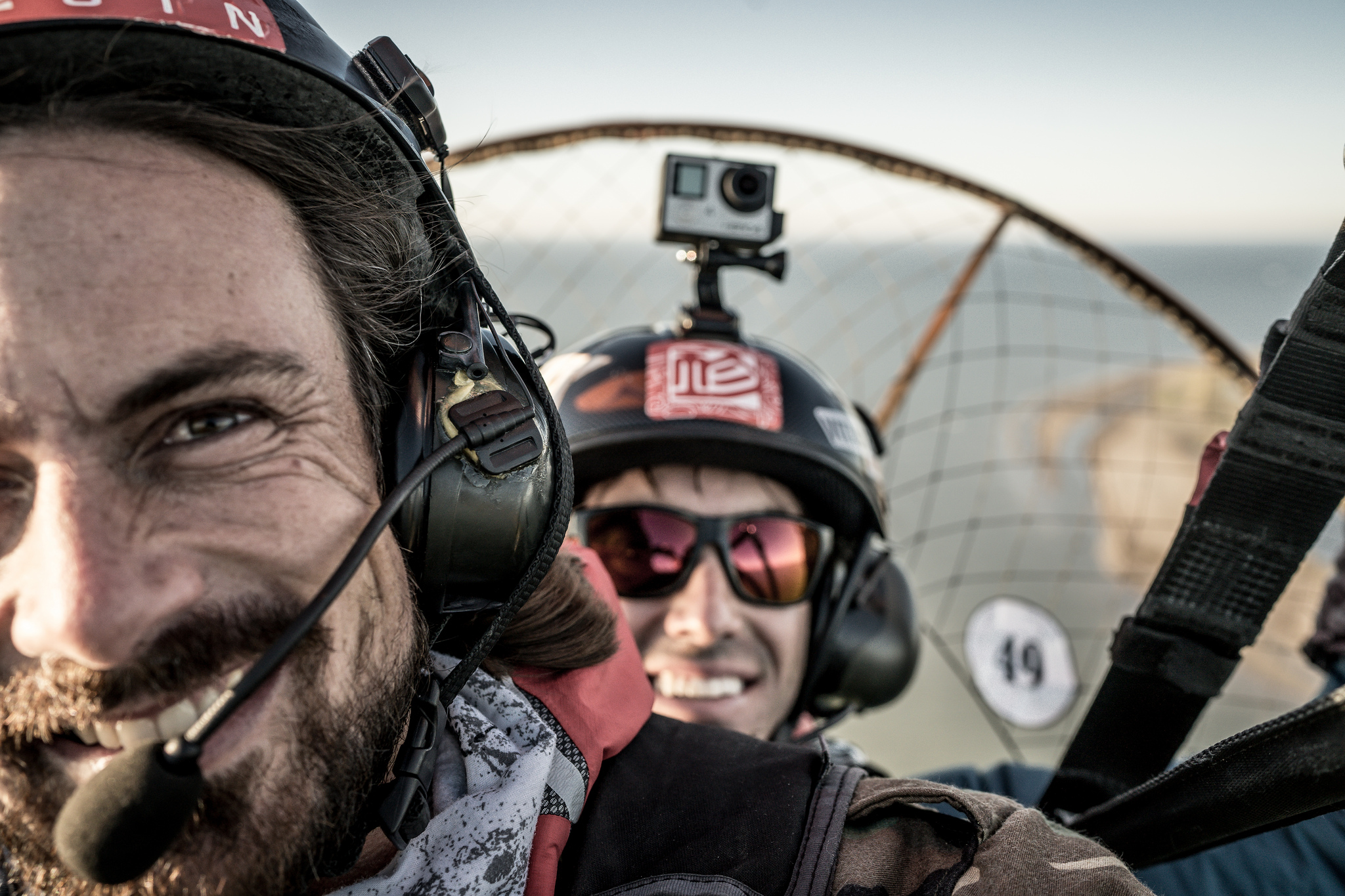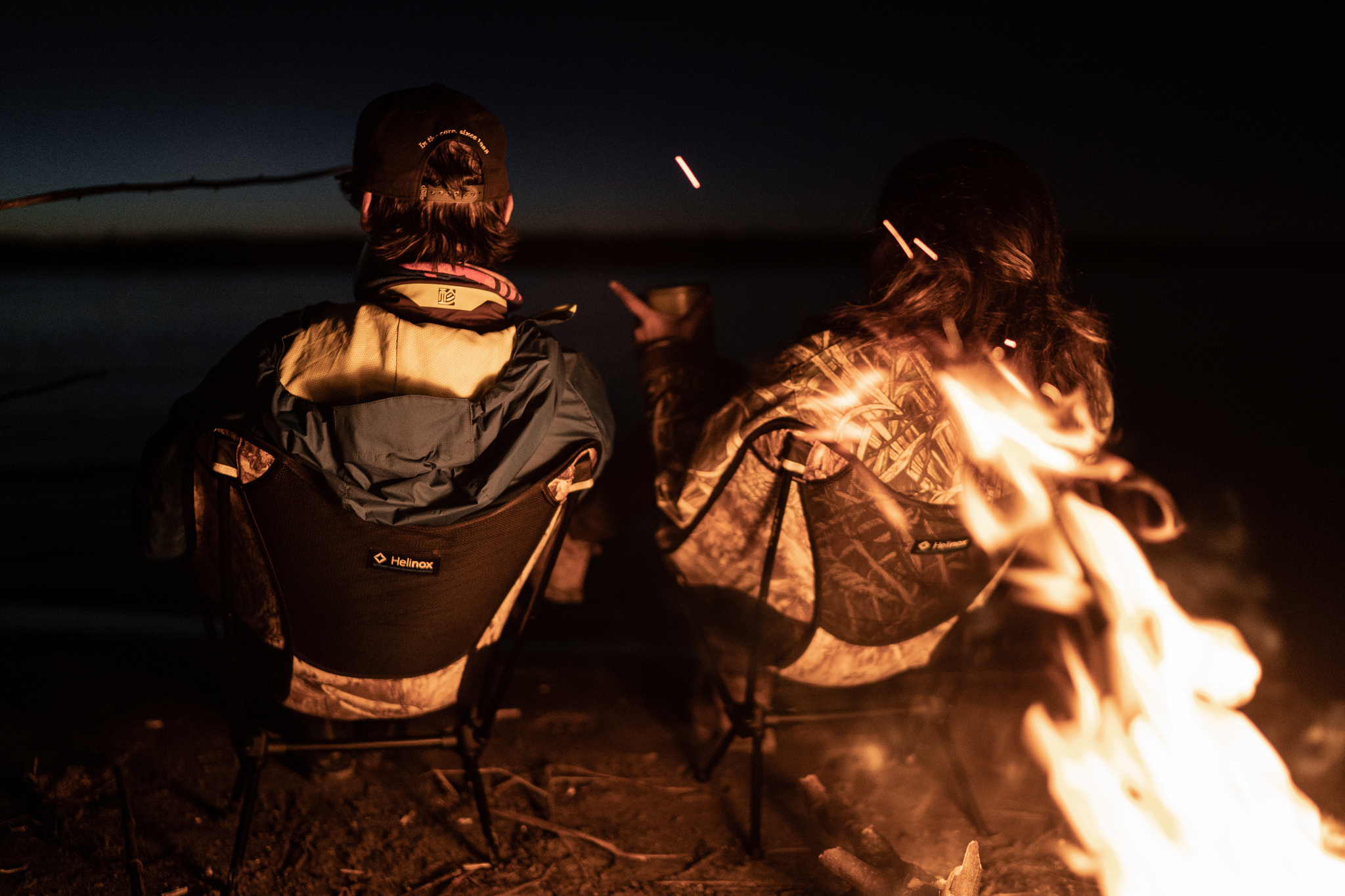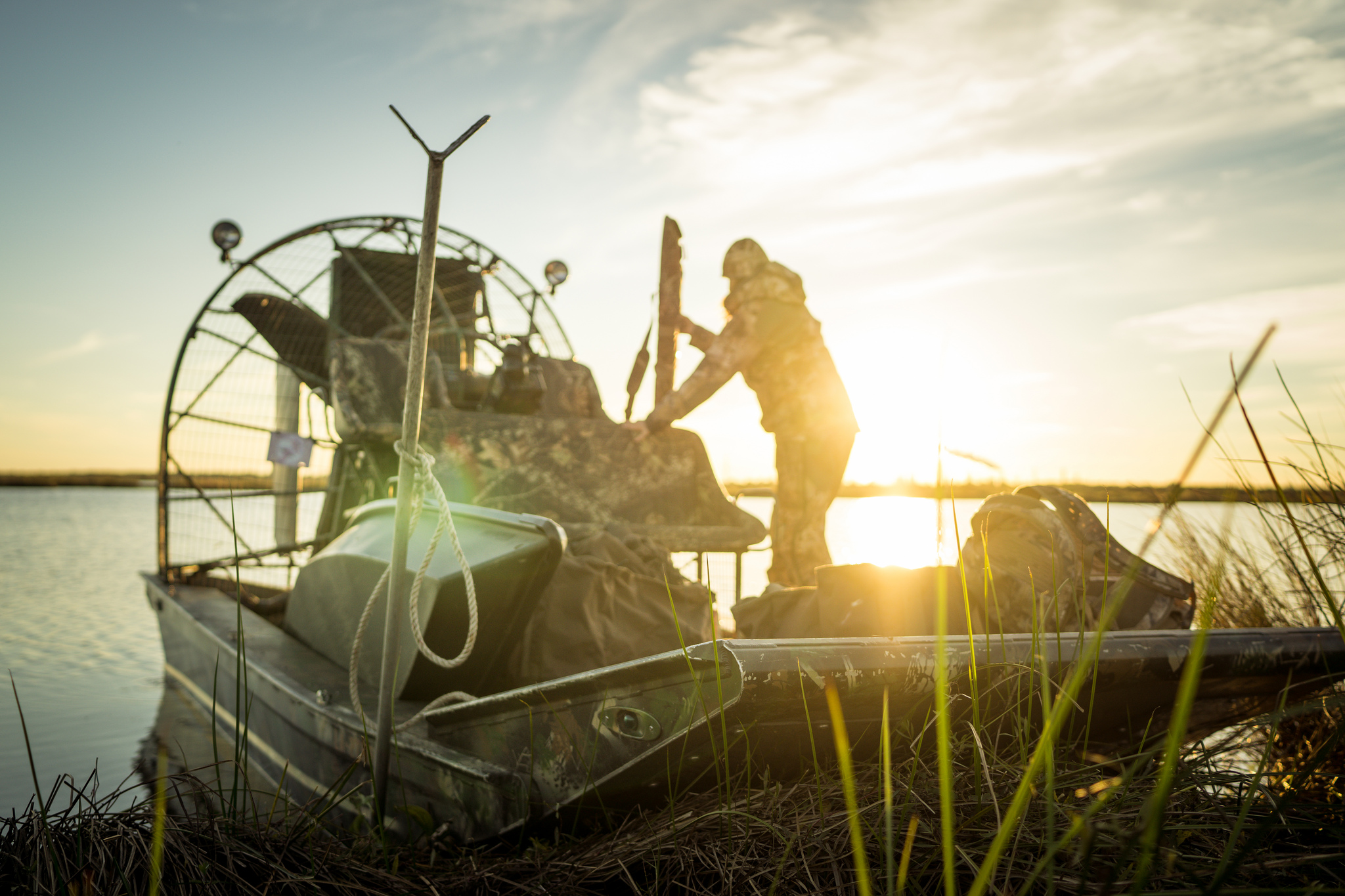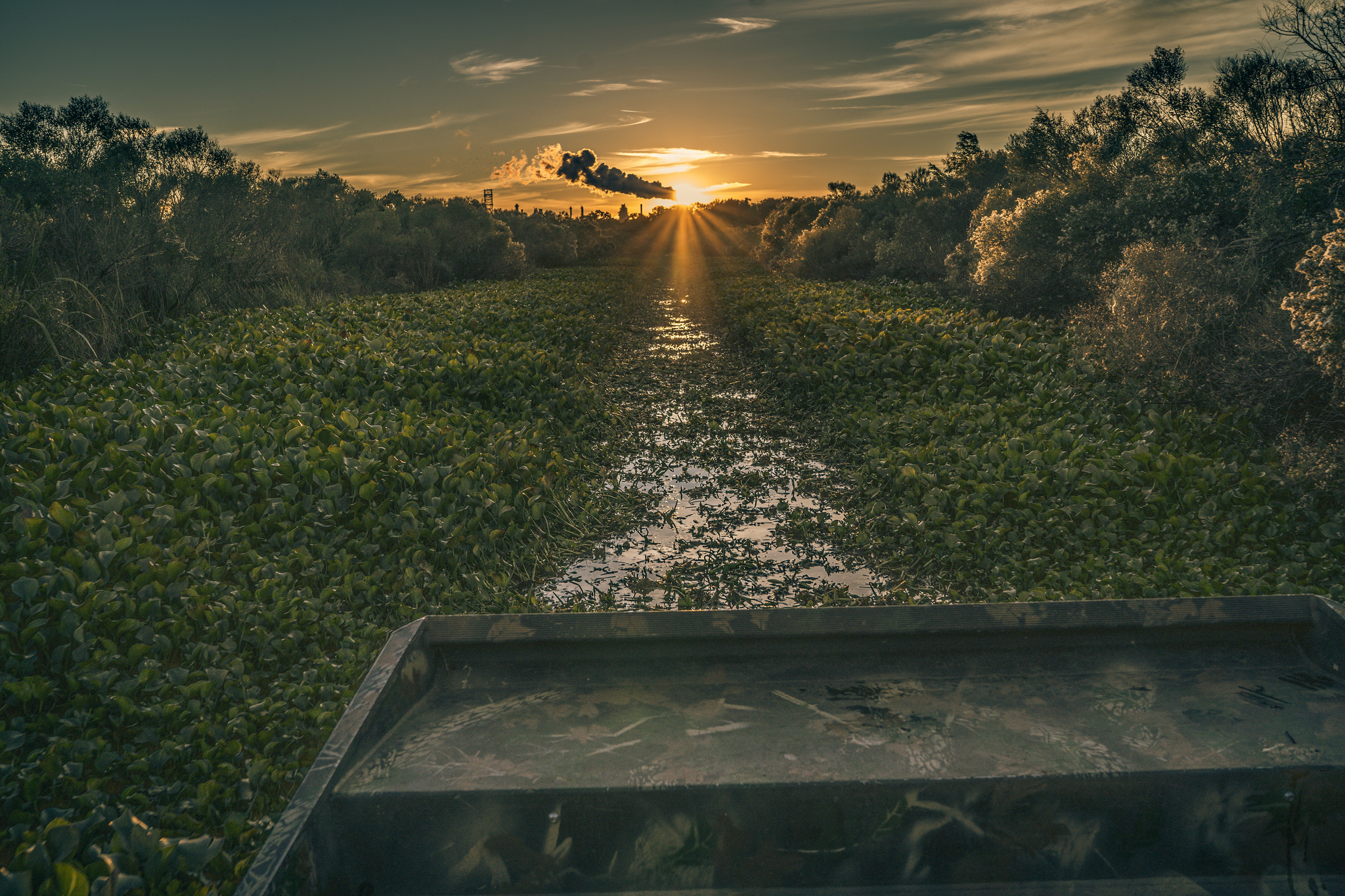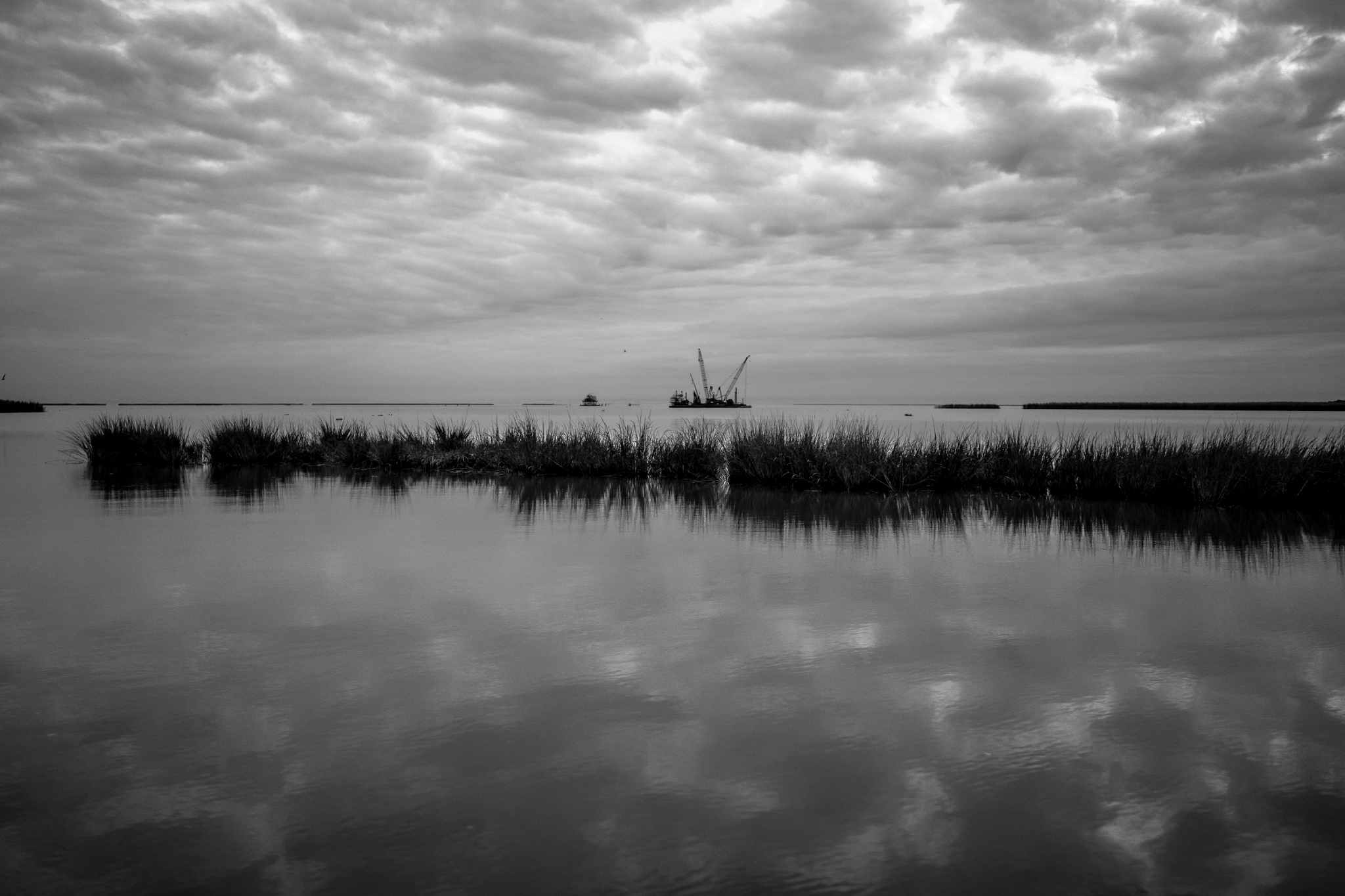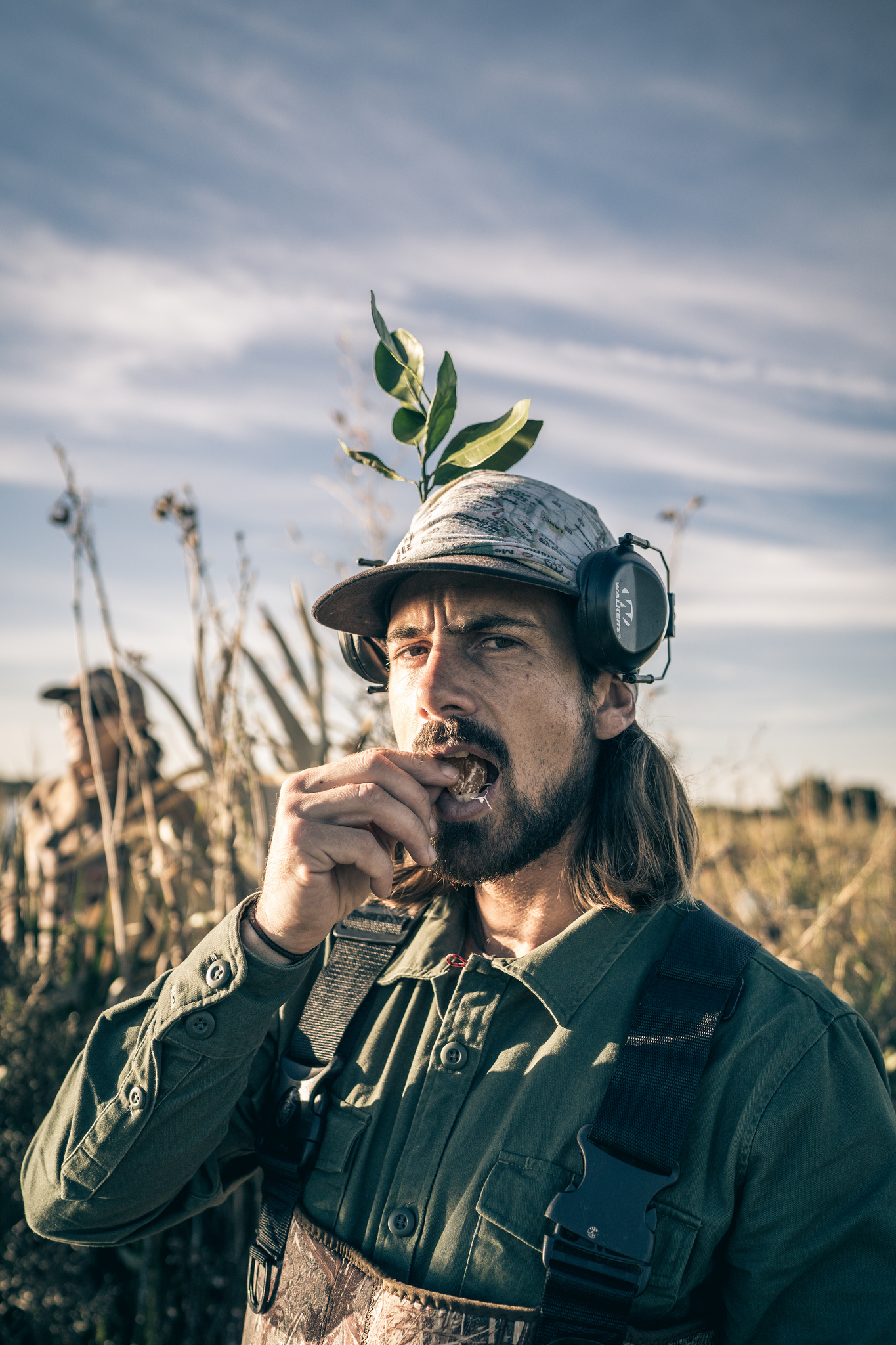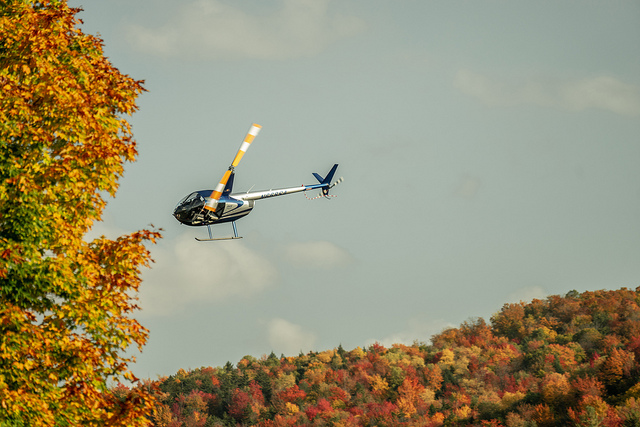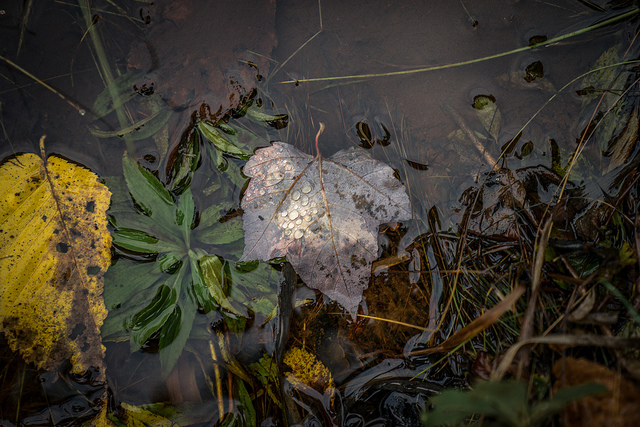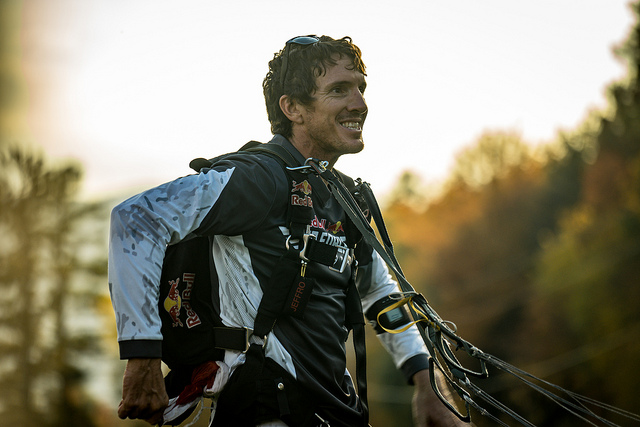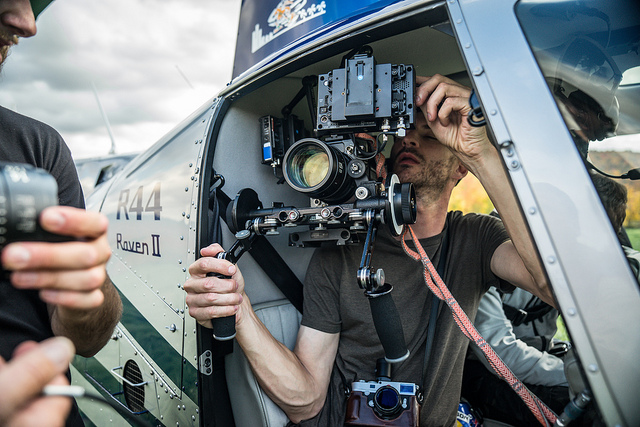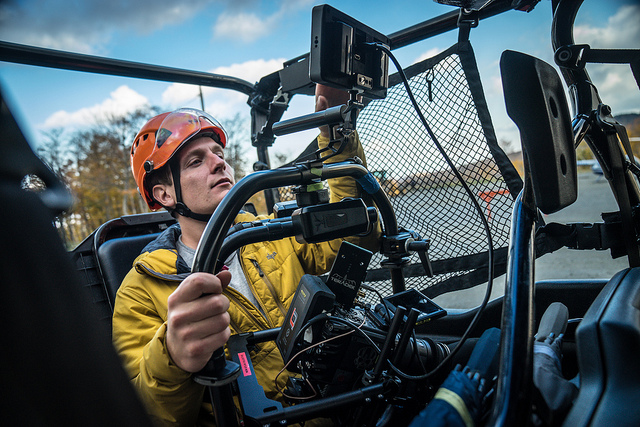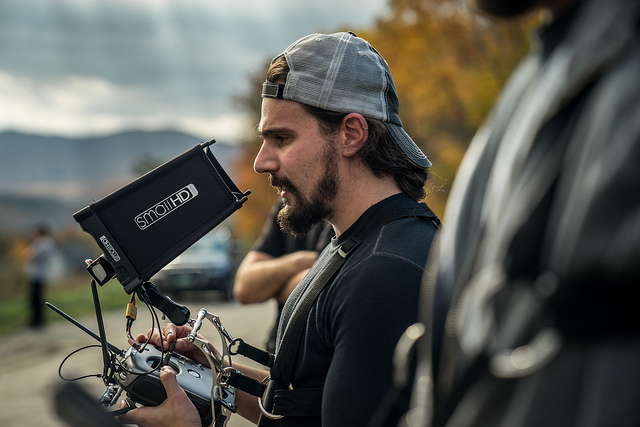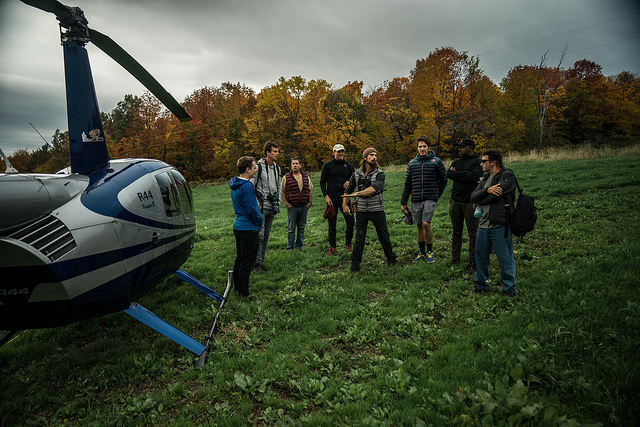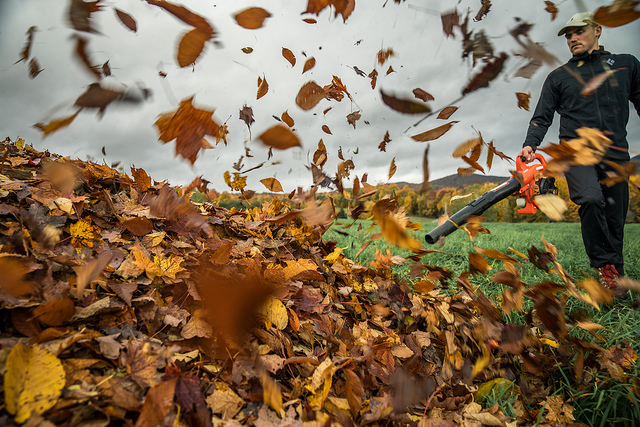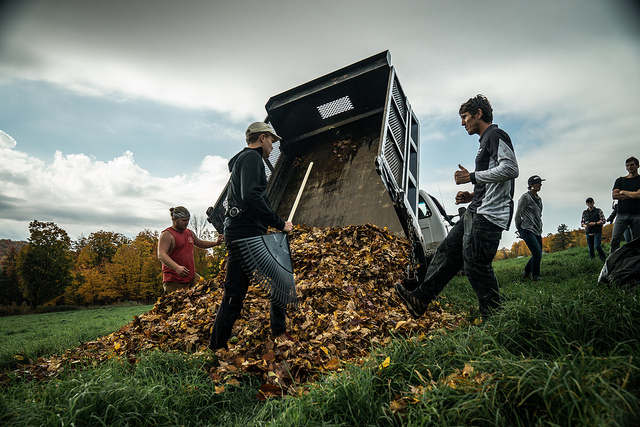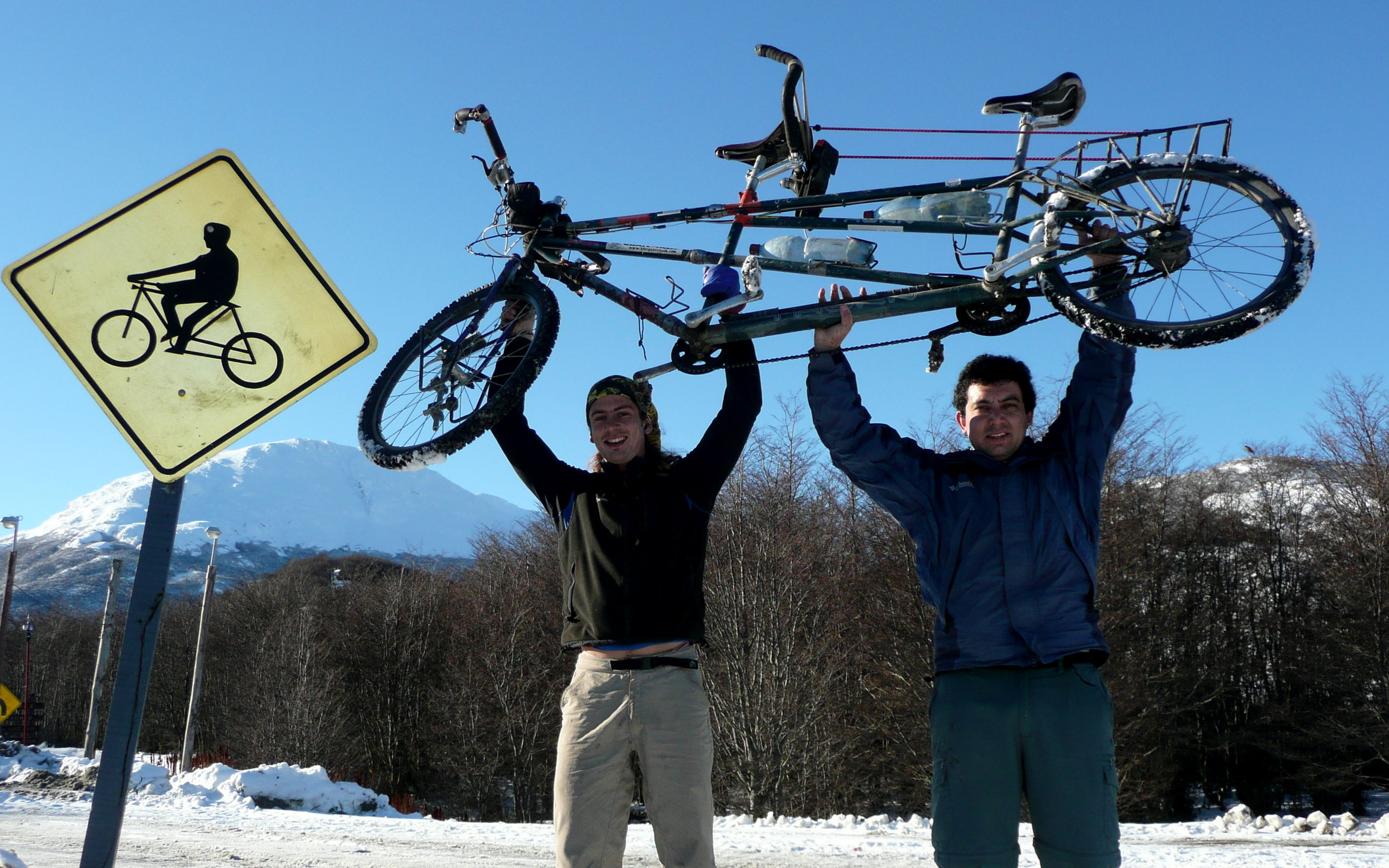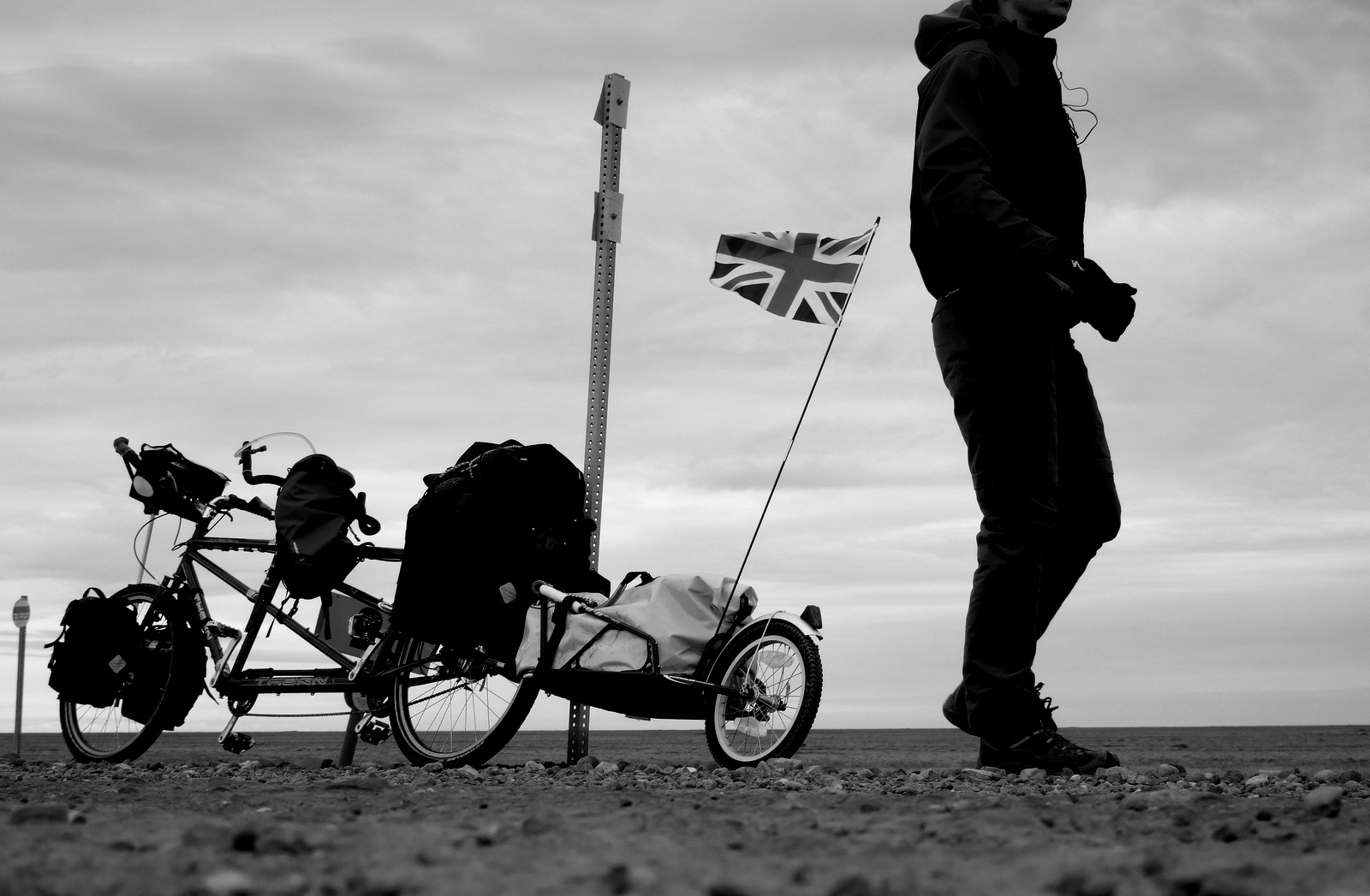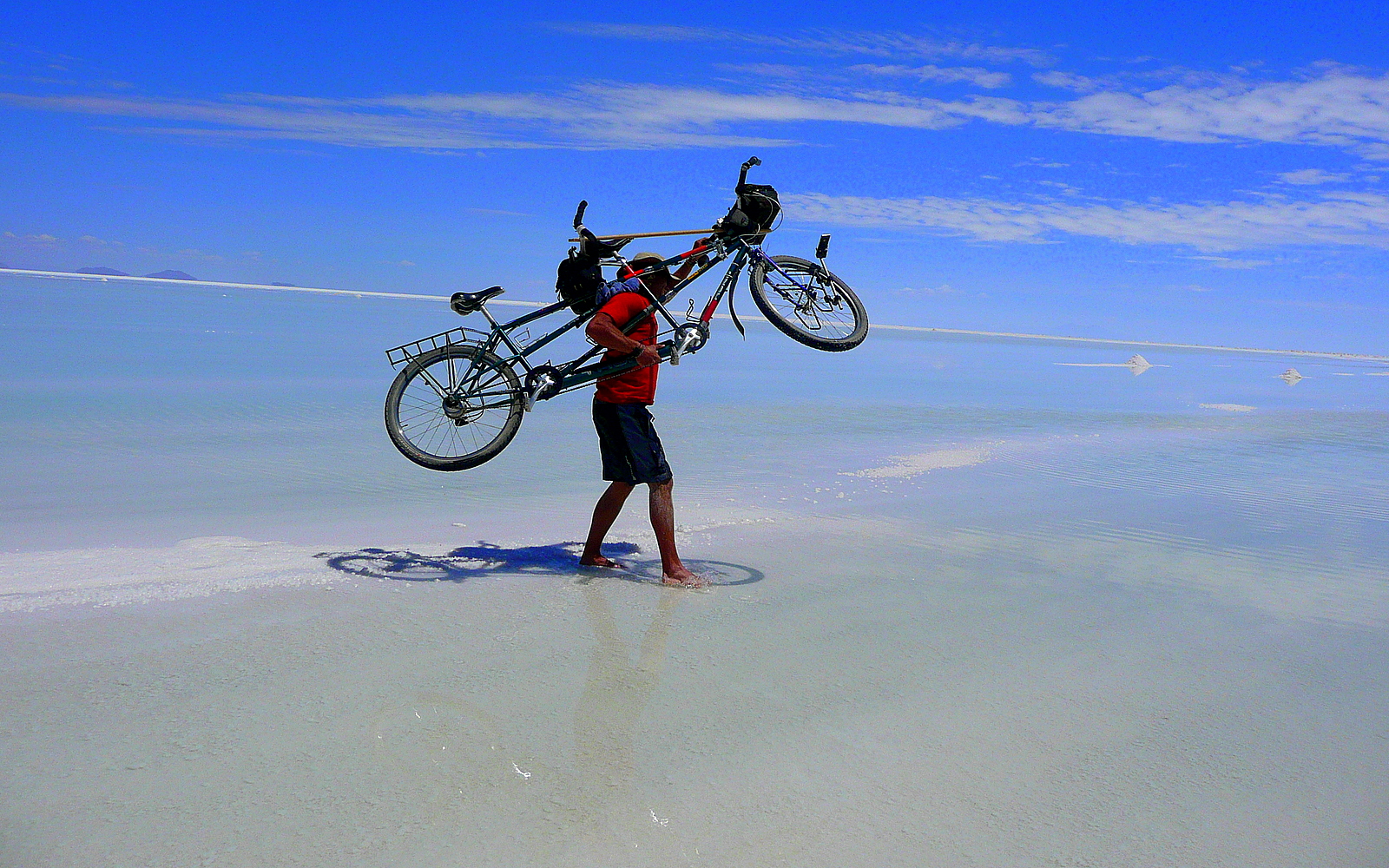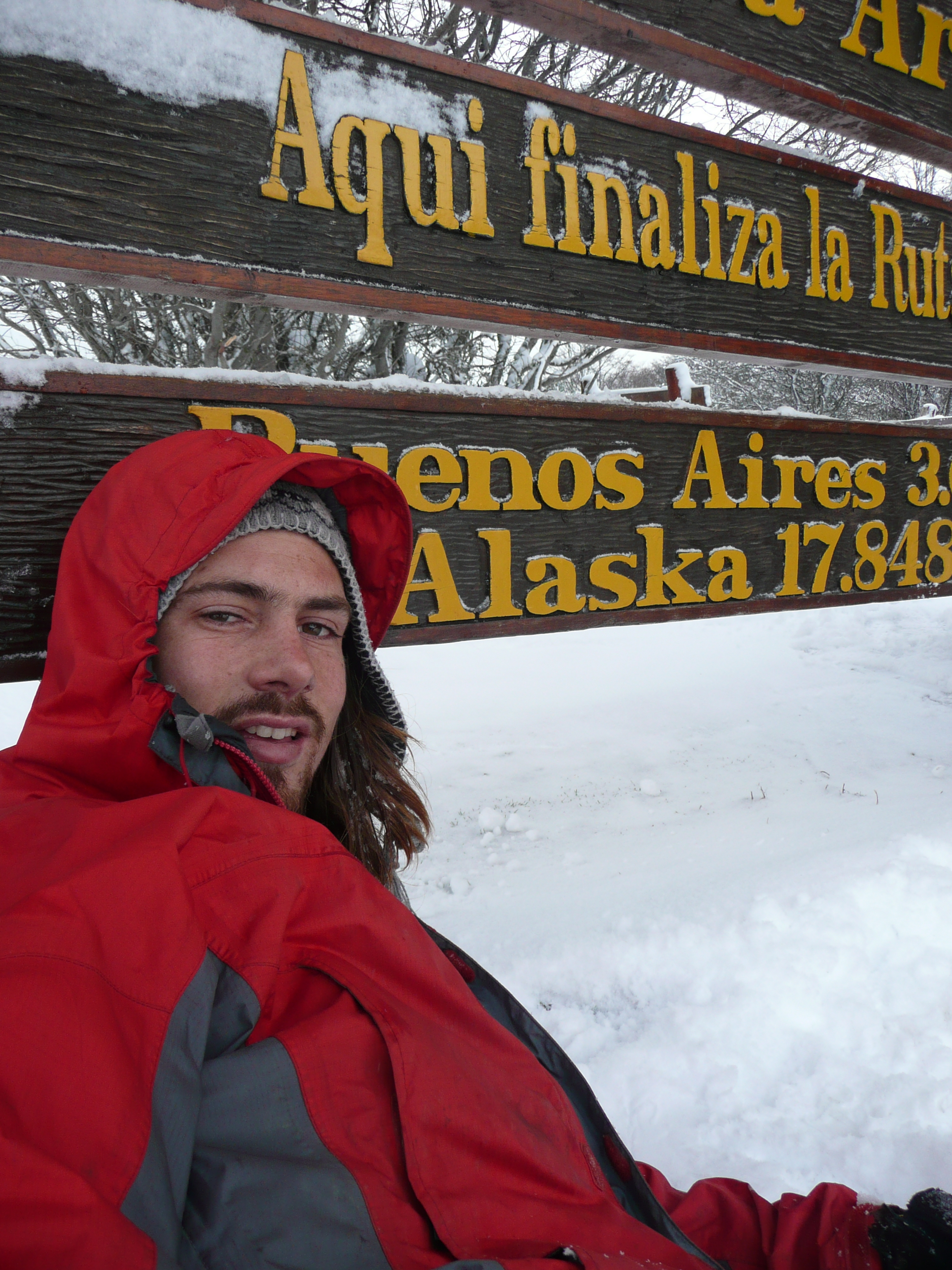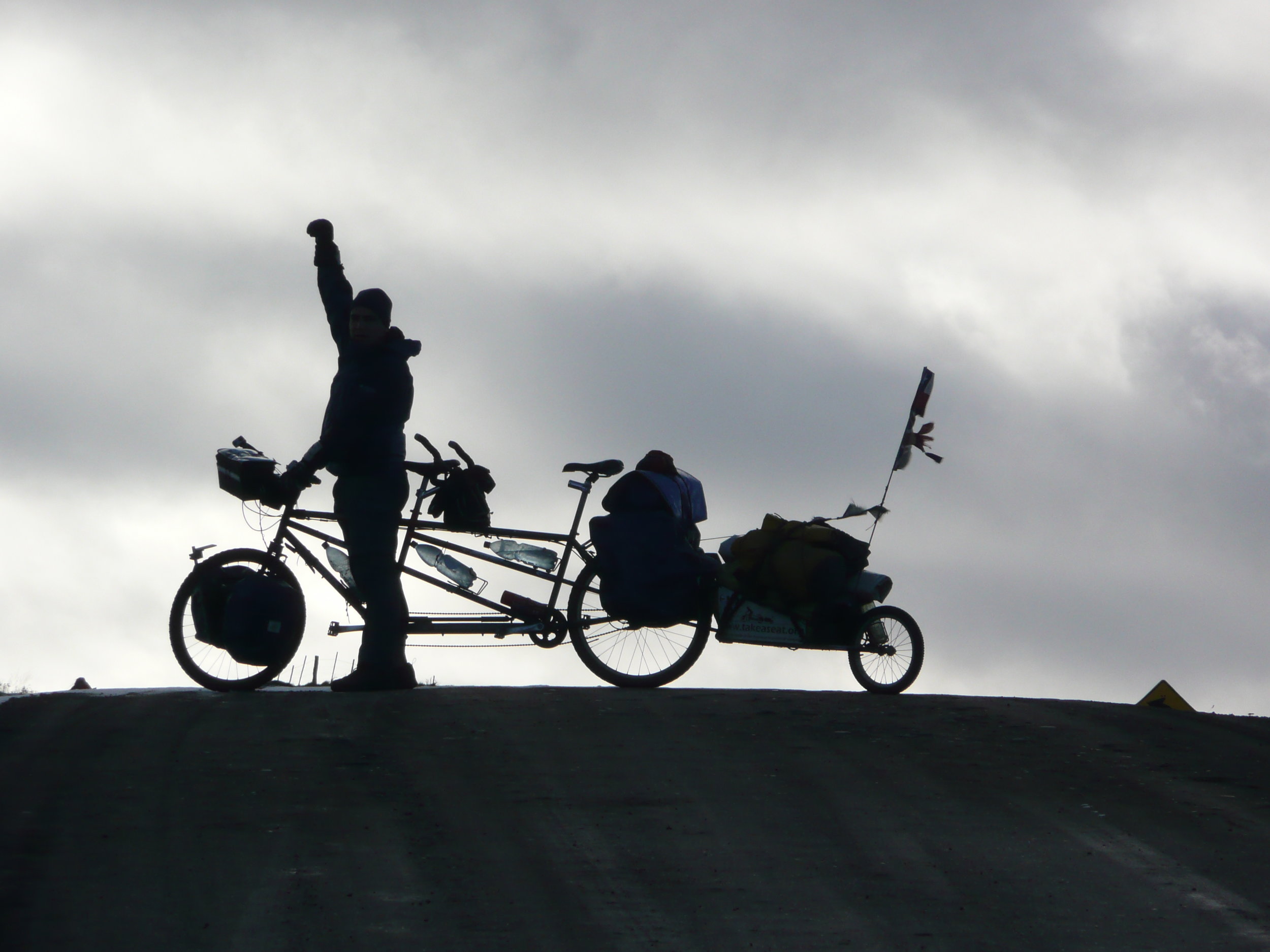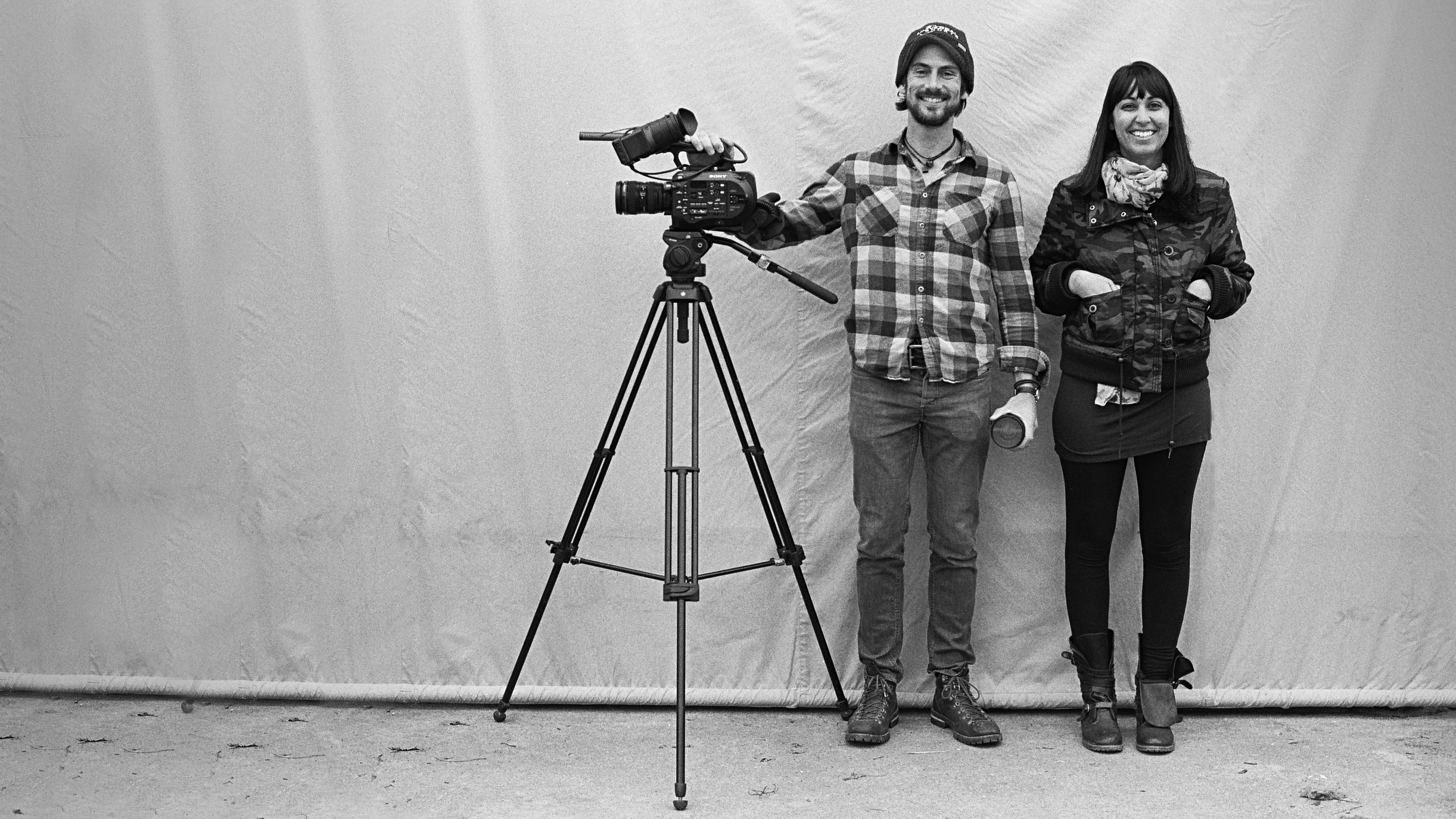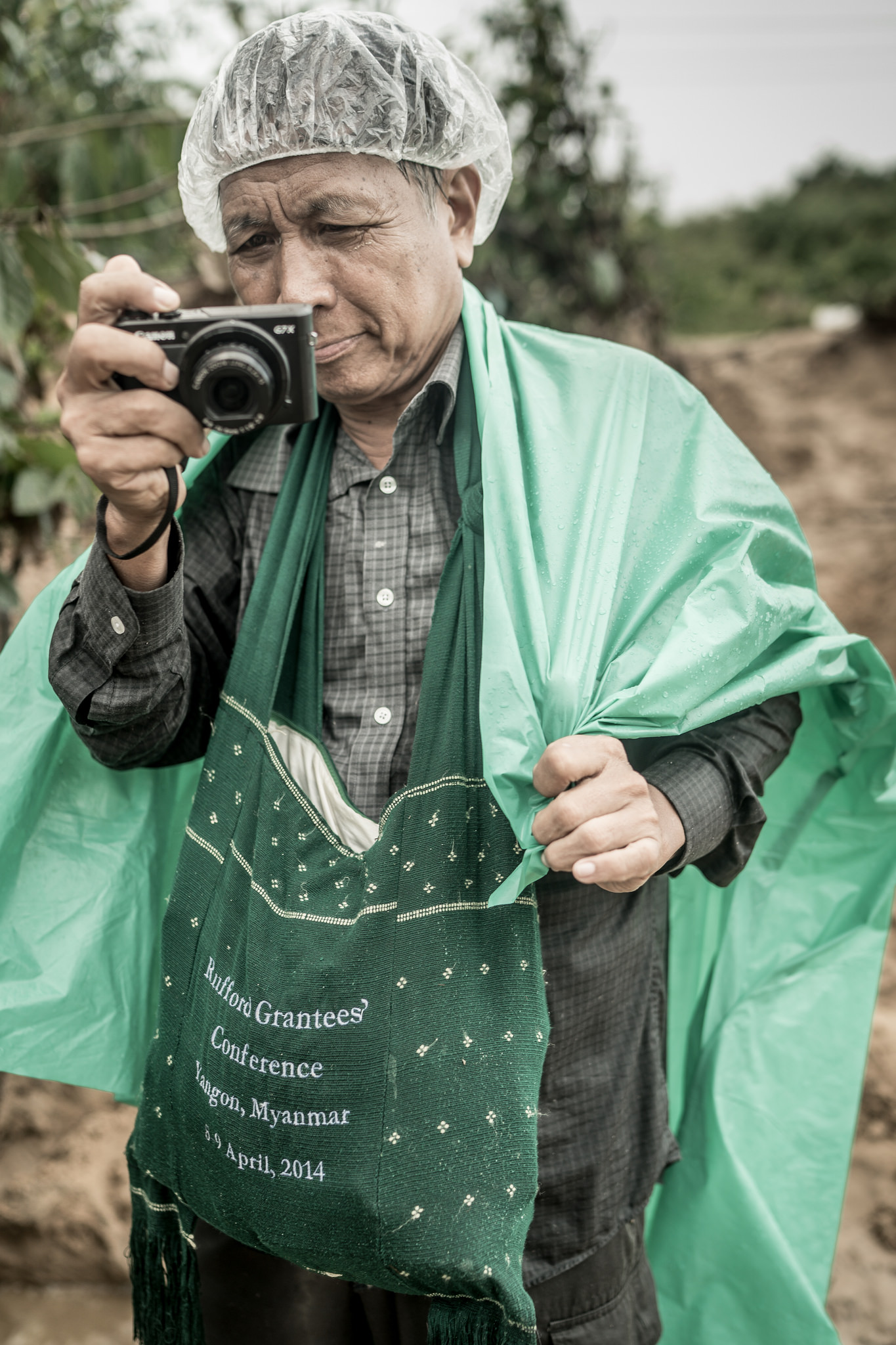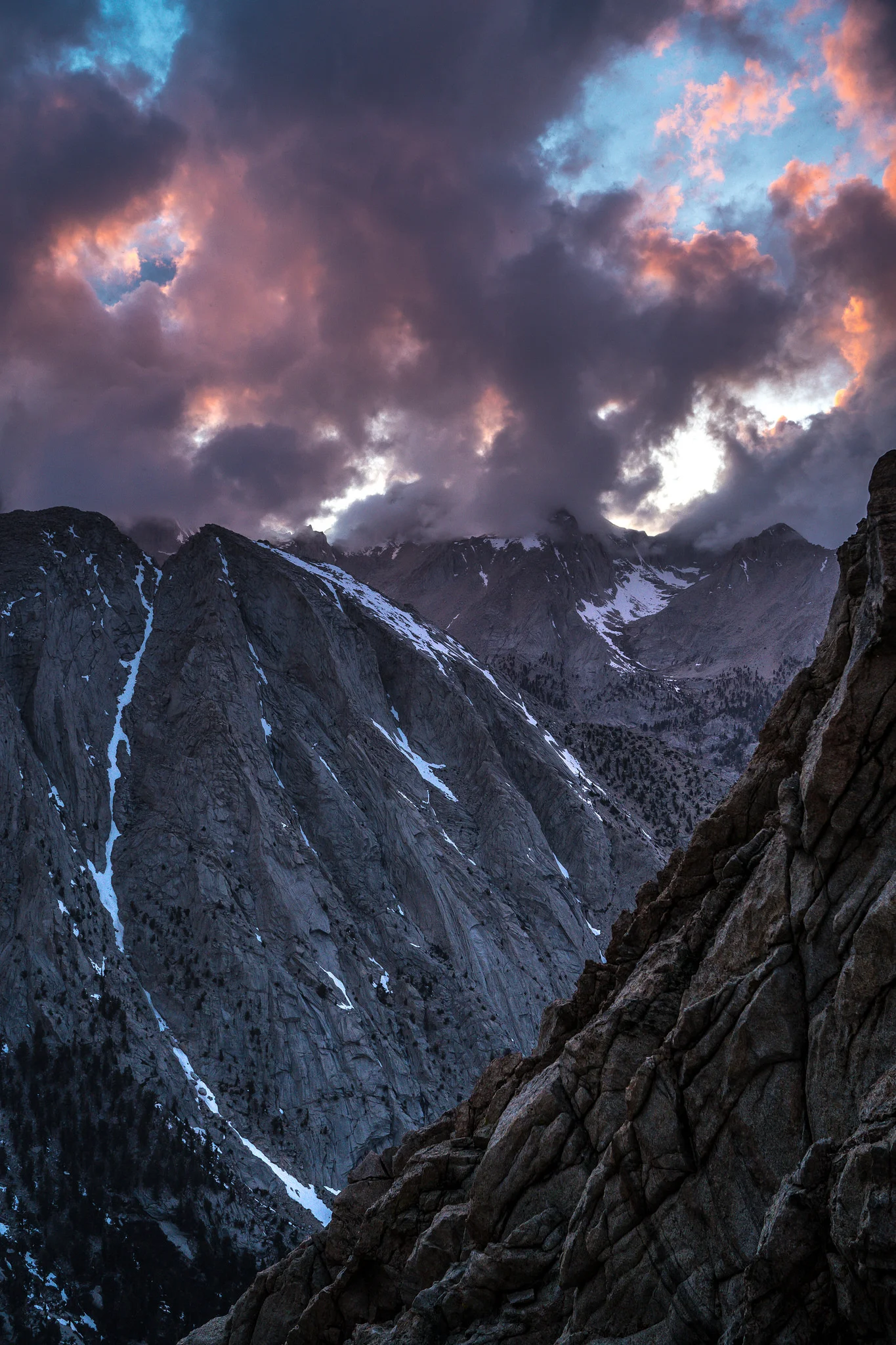As a native Angeleno, I have seen homelessness wax and wane over the years, but I’ve never seen anything like what is happening right now. It is undeniable that we are in crisis. Estimates report that in Los Angeles alone there are approximately 60,000 homeless individuals sleeping on the street each night.
A few years ago Dominic and I thought we would like to approach this issue from a film perspective but never pulled the trigger on a project. This fall we are working with Skid Row Housing Trust to field some stories of formerly homeless individuals and what being granted permanent supportive housing has meant to them. Along the way, I have started to pay more attention to the public discussion surrounding the issue and our desire (or lack thereof) to truly understand it. I have gathered a few thoughts of my own and will share them here.
Homelessness is one of the most perverse things about American capitalism and everybody knows it. As the alternatives to capitalism don’t seem to work out any better, we have come to quietly accept it as a feature of our system and assume it won’t come for us. Unlike poverty, which is mostly perceived as structural, homelessness is often chalked up to poor personal choices justified by spurious beliefs that homeless people are such because they are “lazy” or “weak”, quickly distinguishing ourselves as having earned our status in some way. This feeling of superiority is often subtle, under-the-skin of the average passerby who averts his gaze from the homeless individual or, on a good day, drops a few bucks in a Starbucks cup.
The chief way this quiet supremacy maintains it’s stranglehold is through the public’s ability to ignore and unsee the homeless. When one is deeply confronted with the humanness of the person they have assumed to be dispensable it becomes almost impossible not to think about the larger questions such as “could this be me”?
Yes, it’s true that housing development regulations in states like California result in inadequate new housing supply. Additionally, it’s true that poor wages are a problem. But something deeper is afoot. An insidious message society sends that one’s “value” is measured by their productivity in the marketplace. Or perhaps, as we pass into late capitalism, that one’s value is measured by their consumption. It is this view that has led pharmaceutical companies to use unconscionable tactics to pedal opioids, hollowing out our towns across America. And yes it’s true that chronic homelessness has something to do with addiction and mental illness -- though sometimes it’s a bit of a chicken or egg situation.
Edward at his “former home” on the corner of 5th and Stanford in Skid Row. Edward described the scene back then and said being homeless in the 90’s is nothing like it is today. He was overwhelmed by the sheer vastness of the new shape of homelessness in LA.
For those who descend into chronic homelessness, their connections to mainstream society are ripped away, as is their confidence, sense of self, and vision for the future--all the things which might bring them back from the brink. But for the rest of - our connections are not. So the question is, what kind of action can we take as individuals? Sure we can and will pour money into the system, but until we see individuals as having a claim on this earth as a soul we will continue to believe that one “deserves” to be housed according to the market’s value of them.
We hope that this project is the beginning of a longer journey to see how we can positively affect the homelessness crisis. In the meantime, we ask that you look in the eyes of our outcasts, extend your hands more regularly and ask yourself what responsibility we have to help foster connections, to keep those experiencing homelessness tethered to our world, to help restore meaning to the individual as valuable to our society not because of productivity or because of consumption but because of their status as human.
Steve Hatter, originally from Oklahoma, takes us back to visit the park where he attempted to commit suicide 19 years ago after finding himself blind, depressed and homeless for over a year. Steve has been housed for over 18 years now.
Christina Briggs in her Sunday best at Sunset Baptist Church in South Central. Christina has been housed 1 month after being chronically homeless for the better part of 2 decades.










